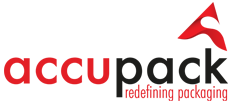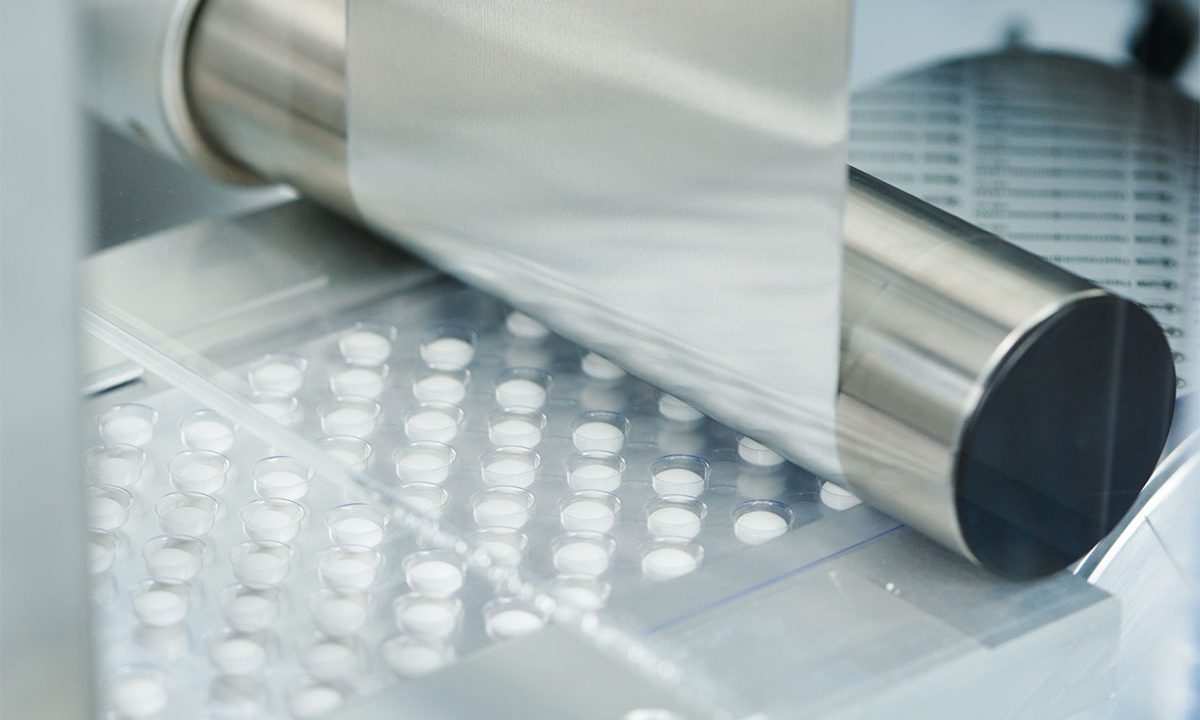Manufactured ingestible products, from fruit juices to nutritional supplements, always require a shelf life. That is not feasible if these literal consumer products are left out in the open, in the direct influence of environmental factors. Here’s a little example, a banana after the 3rd day. Doesn’t do so well with your mood or tummy does it?
A banana is not redeemable in any way but if you extract all the potassium, iron, Vitamin A and C to compress it into a handy pill, it is possible to give it a good enough shelf life to make sure it reaches the consumer in the right time. So that the degraded banana doesn’t have to be eaten. And to make sure of that, supplementary nutrition suppliers need a packaging better than the bananas.
Supplements, painkillers or quinine, all pharmaceuticals require good enough packaging to be able to protect the medicinal value from microbes, moisture, dust, and other foreign elements. In pharmaceutical packaging, the ultimate goal is preventing the drug or supplement from being affected while transporting and to prolong the expiry date on the product. Only when the drug/supplement comes in contact with air is when it starts reacting to the environmental agents. So the packaging must provide protection from oxygen as well, along with mechanical shock and moisture. Then, how do you insure that your pharmaceutical product is fit for use after going through people and places?
What are the Different Forms of Packaging?
All product packaging has different parts, not all are used by the consumers. There are two categories in packaging- Primary and Secondary. Pharmaceutical packaging, is an art and science of creating the best possible protection value for medicines and drugs. It may include a singular layer of protection for when the consumer is handling it or a second layer of shielding that protects it during transportation.
Primary packaging
Primary pharmaceutical packaging is used to hold the drug or as the name suggests primary product. That can be in liquid solid or gaseous form. It is the single unit or dosage of the said drug. So a primary packaging may have to be in the form of blisters, bottles (both glass and polymer), aerosol canisters (metal and plastic), or single use syringes. This is the stage of packaging that comes into contact with the drug while formulation. Hence, needs to be lab tested for prevention of intervention in the formula of the drug it holds.
Secondary packaging
Secondary packaging is the outer shielding for the drugs primarily packed and stacked together. The objective of this packaging is to simply keep the drugs categorized and to keep every product stacked. It is also used for product information and branding. Carton boxes or in some cases plastic boxes are used to store a batch of dosages. Secondary packaging protects the inner contents from basic mechanical shocks endured while transportation or warehouse stocking.
What are the various packaging materials and their properties?
The pharmaceutical products sold out directly to consumers is basically in the form of solid (pills and capsules), liquid (sprays, oils, syringe fluids, etc.), and gaseous (aerosol cans, asthma pumps or medical oxygen). So there have to be different packaging materials to enclose all different assortment of medicines. Here are the most commonly used materials for pharmaceutical packaging.
Plastic packaging
Plastic is the most common packaging material used to protect pharmaceuticals. Plastics are used to make tablet and capsule blisters, spray cans, and bottles for fluids. Plastic is cost efficient and can be worked with effortlessly. The light weight of plastic compared to metal sheets makes it a good material for handling in industrial use. Being poor conductors of heat they are the richest in making sure that no amount temperature messes with the formulation of the tablets, capsules and fluids. The best use of plastic can be seen in single use syringes that can be recycled and remade. Plastic may be malleable under extreme temperatures but it is unbreakable under common transportation and shipping conditions, preventing the drug from moisture and atmospheric changes.
Glass packaging
The best property of glass is that it repels most organic elements and doesn’t let chemicals stay on its surface. Thus ensuring protection of the handler and efficient packaging of the drug without any troubles from environmental elements. Glass is transparent and it enables viewing of the quantity and colour (if any) of the drug. This helps medical practitioners to check the drug before administering it. Glass is the best material for the packaging of aqueous solutions, both acidic and neutral. The excellent property of glass being non-permeable makes it the best choice for packaging of liquids without the risk of leakage, contamination, and breakage. Most aqueous solutions are acidic or neutral and use type I glass made of Borosilicate. While anhydrous liquids and dry powders use type II or treated Sodalime Glass.
Metal packaging
The protective qualities of metal are known to every industry. The commonly used metals in pharmaceutical packaging are aluminium, tin plated steel, stainless steel, tin, and lead. The sturdy features of metals make it impermeable to light, moistures and gases. So they can be turned into rigid containers for pharmaceutical products in the shape of pastilles, powder, and liquids. Tubes, metallic mini bottles and tablet blisters can be manufactured with ease when using metals for packaging.
The choice of material that you use for your medicinal products depends of the formulation of the drug and its reactive properties. Making sure that the packaging material does not interfere with the lab tested formulas of the drugs in question is paramount.
So knowing the chemical composition of your pharmaceutical product and then testing various packaging materials on it, is the best way to choose primary or secondary packaging. Pharmaceutical packaging is a technical craft of making medicines safer until the reach the consumer. That means you must make sure that your packaging material has zero effects on your product.



